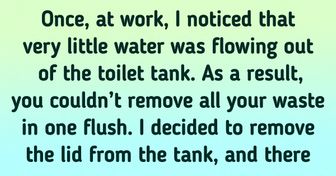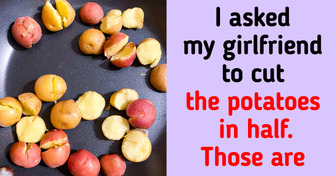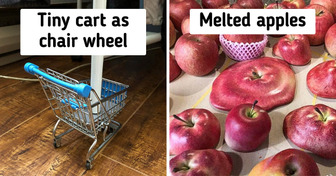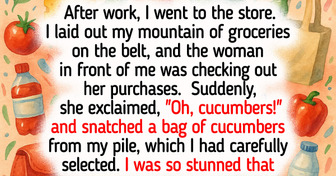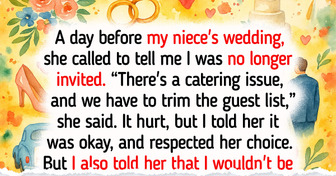18 People Who Accidentally Ran Into Animals and Were Immediately Awe-Struck

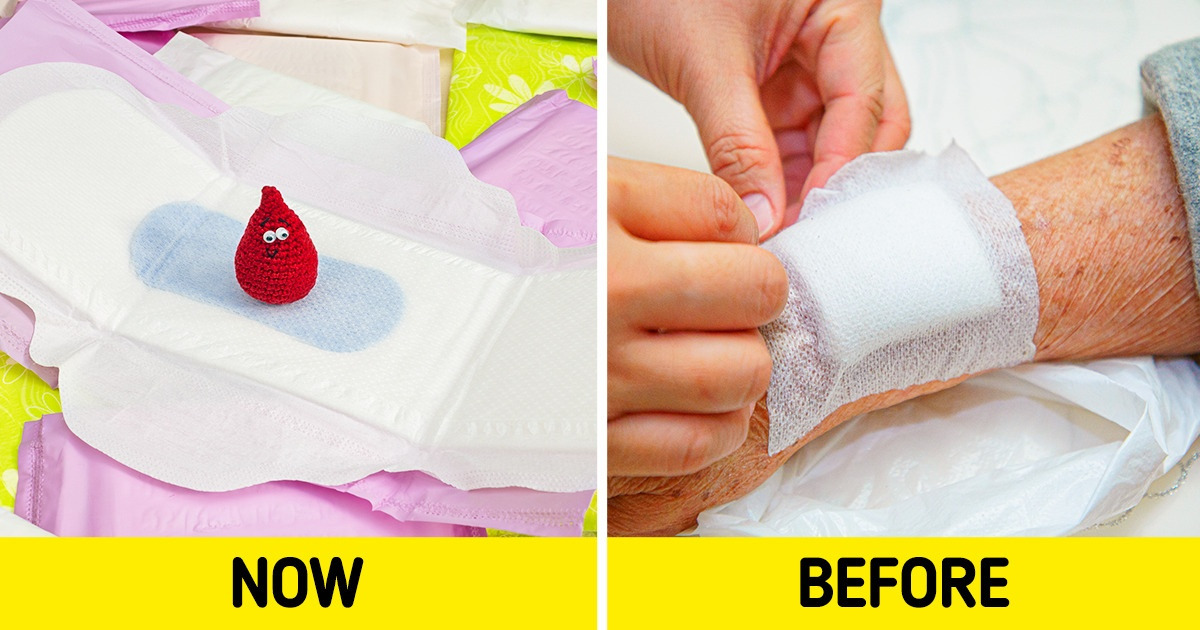
Some of the things we use daily were not originally intended for what we use them today. Throughout history, many things were made with one purpose and were used for something else after that. It’s possible that their creators would be disappointed, but we prefer to believe they would be delighted to know their inventions have found even better purposes than what they were intended for.
Petroleum jelly’s founder, Robert Chesebrough, believed he had found the perfect formula for healing wounds. He believed in his product so much that he would apply petroleum jelly to every wound to prove they would heal faster. Not only did he apply it externally, but he also ate a spoonful of it every day until his death. However, all “medical benefits” from petroleum jelly have been debunked, and today we know that its only benefit relates to the moisturization of skin.
Bubble wrap started out as home decor. It was made by sealing 2 shower curtains together, trapping pockets of air inside. Even though it didn’t become a popular wallpaper, the inventors suggested using it as insulation for greenhouses. This idea has also failed, but bubble wrap finally found its purpose as the world’s most used packaging material.
Today, we all know Listerine as a liquid that promotes better breath, but that wasn’t its original intention. Dr. Joseph Lister was the first to perform surgery in a room sterilized with this antiseptic. At first, this brightly colored liquid was sold as a floor cleaner.
Before it was used exclusively as a disinfecting product, Lysol was widely advertised as a feminine hygiene product. Since birth control wasn’t available, this antiseptic soap was used as the most popular form of birth control from 1940 to 1960.
The first sanitary napkins were made from wood pulp bandages and were used by nurses to stop bleeding, mostly on the battlefield. This method was convenient and cheap enough to throw it away after use. In 1896, Johnson & Johnson developed their own version of sanitary pads for women. Today, they are the most widely used method of menstrual management.
Today, it’s hard to imagine a song without auto-tune. However, many people don’t know that it was invented by a research engineer from the oil industry. Dr. Andy Hildebrand developed an algorithm that used seismic waves to create subsurface maps. These maps were later used by oil companies to help them find potential drill sites.
The inventor of Coca-Cola’s original formula, Dr. John Pemberton, initially meant to make a tonic to cure common ailments. With good advertising, the drink soon became incredibly successful. Today, it’s still among the favorite soft drinks that we consume, but with a slightly different recipe.
Walter Frederick Morrison was the inventor of the frisbee. According to the story, it all started when Morrison and his girlfriend began flinging the lid of a popcorn tin back and forth during one picnic. They soon started experimenting and found out that a tin cake pan flew better.
He soon realized that this could make a profit: “That got the wheels turning because you could buy a cake pan for 5 cents, and if people on the beach were willing to pay a quarter for it, well, there was a business.”
Do you know any other products that have a completely different purpose today than they used to? Share in the comments!


